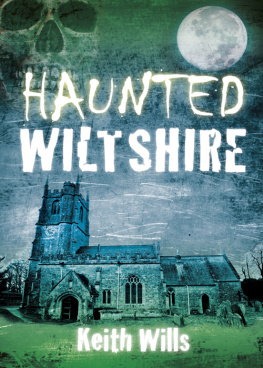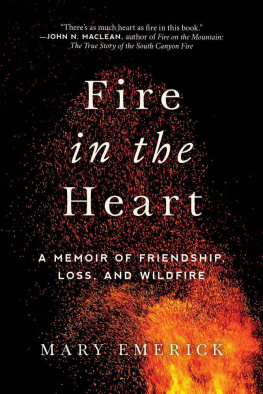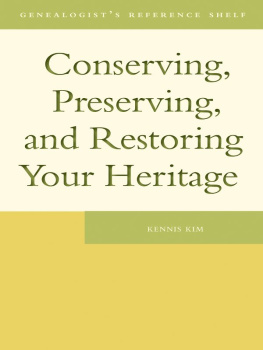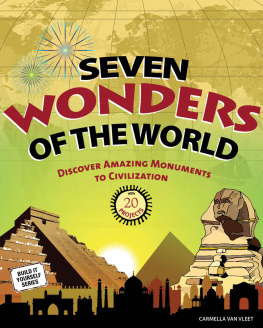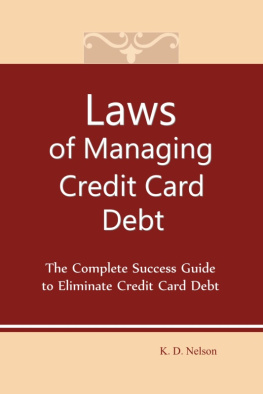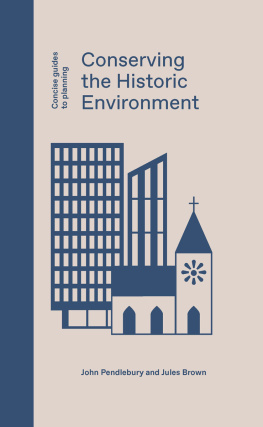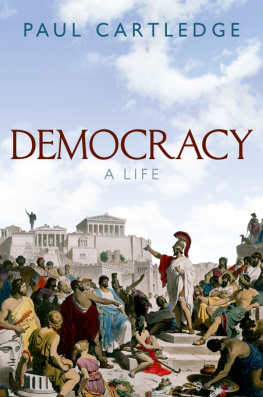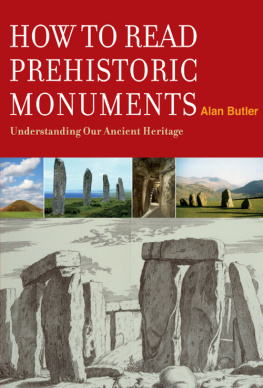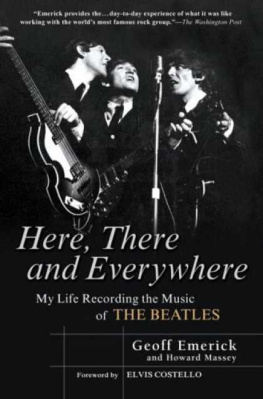H ERITAGE M ATTERS
CONSERVING AND MANAGING
ANCIENT MONUMENTS
HERITAGE, DEMOCRACY, AND INCLUSION
The origins and use of conservation principles and practice from the nineteenth century to the present day are charted in this volume. Written from the perspective of a practitioner, it examines the manner in which a single, dominant mode of conservation, which held sway for many decades, is now coming under pressure from a different and more democratic heritage management practice, favouring diversity, inclusion and difference. The author blends case studies from Ireland, Cyprus and England with examples from current practice, community heritage initiatives and political policy, highlighting the development and use of international charters and conventions. Central to the main argument of the book is that the sacred cows of conservation antiquity, fabric and authenticity have outlived their usefulness and need to be rethought.
Dr Keith Emerick is an English Heritage Inspector of Ancient Monuments in York and North Yorkshire; he is also a Research Associate at the University of York.
An accessible book stuffed full of good ideas. BRITISH ARCHAEOLOGY.
H ERITAGE M ATTERS
ISSN 17564832
Series Editors
Peter G. Stone
Peter Davis
Chris Whitehead
Heritage Matters is a series of edited and single-authored volumes which addresses the whole range of issues that confront the cultural heritage sector as we face the global challenges of the twenty-first century. The series follows the ethos of the International Centre for Cultural and Heritage Studies (ICCHS) at Newcastle University, where these issues are seen as part of an integrated whole, including both cultural and natural agendas, and thus encompasses challenges faced by all types of museums, art galleries, heritage sites and the organisations and individuals that work with, and are affected by them.
Previously published titles are listed at the back of this book
Illustrations
COVER IMAGES
(Top) Replacement capitals, Howden Minster, East Yorkshire.
Copyright Keith Emerick
(Middle) Rudston monolith, East Yorkshire.
Copyright Keith Emerick
(Bottom) A walkers cairn on the N York Moors.
Copyright Keith Emerick
FIGURES
Copyright Keith Emerick
Original photography held at Cambridge University Collection of Aerial Photography
Reproduced by permission of English Heritage
Reproduced by permission of English Heritage
Reproduced by permission of English Heritage
Reproduced by kind permission of the Society of Antiquaries
Reproduced by kind permission of the Society of Antiquaries
Reproduced by kind permission of the Society of Antiquaries
Copyright Keith Emerick
Reproduced by permission of English Heritage
Copyright Keith Emerick
Copyright Keith Emerick
Copyright Keith Emerick
Copyright Keith Emerick
Copyright Keith Emerick
Copyright Keith Emerick
Copyright Keith Emerick
The author and publisher are grateful to all the institutions and persons listed for permission to reproduce the materials in which they hold copyright. Every effort has been made to trace the copyright holders; apologies are offered for any omission, and the publishers will be pleased to add any necessary acknowledgment in subsequent editions.
Acknowledgments
First of all, English Heritage. Numerous ideas in this book not least , the idea of renewal and the direction of heritage management, have been discussed with my good friend and fellow Inspector, Neil Redfern, one of the most imaginative professionals around. A huge debt of thanks to him. All of my fellow Inspectors have provided advice in one way or another, but special thanks go to Keith Miller, Kate Wilson, Jon Humble, Andy Davison, Glyn Coppack, Judith Roebuck, Kate Clark (now at Historic Houses Trust, Australia), Tony Fleming, John Ette, Mike Collins and the late Jim Lang. Alan Adams converted my images to digital format. Rachel Hasted, retired Head of Social Inclusion and Diversity, is an inspirational friend. My introduction to ancient monument work included the Works side, so thanks to them, especially Skull, Rello and Dickie. Special thanks to two people in that team: the late Dave Sweeney (one of the Fountains Settlers) and my good friend Henry Rumbold, who continues to teach me.
At York University thanks go to Laurajane Smith (now Professor at the Australian National University, Canberra), who provided valuable comments on several of the chapters. Jane Grenville, Gill Chitty and Sultan Barakat have all been inspirational. Kate Giles was an appreciated, enthusiastic critic. Students at the time (and some were my placements at English Heritage) were Emma Waterton (now at the University of Western Sydney), Sophie Norton, Jessica Moody and Lila Rakoczy (now at Sam Houston University, Texas). Aya Komura provided the hand on the image of the Rudston Monolith; thanks to them.
At Newcastle University I would like to thank Aron Mazel, Professor Peter Stone, Professor Peter Davis, Rhiannon Mason, Catherine Dauncey and the editorial team, and Michal Koskowski. At the Architectural Association, London, thanks to David Heath, Andrew Shepherd and Sarah Entwistle. The late Peter Megaw CBE, Dr Michael Given (University of Glasgow), John Warren and Nicholas Stanley Price, formerly Director General of ICCROM, gave sound advice for the Cyprus chapter.
I have worked with some inspirational community groups and individuals. Chief among them is Alison Drake MBE and everybody in the Castleford Heritage Trust. They are fantastic; I never stop learning from them and I have nothing but respect for what they continue to achieve. Groups at Cawood and Pinchinthorpe (North Yorkshire) are also excellent.
The restoration of Hellifield Peel was an important project for me and Francis and Karen Shaw (the owners who took the financial and emotional risk). The Shaws produced something quite remarkable with that ruin and they have remained my good friends ever since. Des Cummings of Burnley presented me with a brilliant piece of oral history about his army life at Hellifield during the period when it was used to house prisoners of war. Thanks also to Talkback Thames and Kevin McCloud for allowing me to use transcripts of two Grand Designs programmes. Thanks to Malcolm Cooper (at the time Chief Inspector for Historic Scotland), who gave me access to the Tioram and Rowallan Castle paperwork and decisions, and to John Oxley, City of York archaeologist, Graham Lee, Senior Conservation Archaeologist at North York Moors National Park Authority, and Ian Sanderson, Principal Archaeologist, West Yorkshire Advisory Service, for their comments.
Finally thanks and love go to Judy, Joe and Will, who had to put up with a seven-year part-time PhD and most recently a year or two spent writing this book. I could not have done any of it without them. So a profound thanks to all who have helped with this and my continuing work. The errors are of course my own, while the views and opinions expressed are all mine and not those of English Heritage.


